#gallicus
Explore tagged Tumblr posts
Text

Illustration of Murus Gallicus by Jean-Claude Golvin. A type of rampart used in Europe.
Learn more https://www.archaeologs.com/w/murus-gallicus/
#archaeologs#archaeology#archaeological#dictionary#history#wall#rampart#murus gallicus#architecture#europe#murus#gallicus#arkeoloji#tarih#sanat#mimari#avrupa
22 notes
·
View notes
Text

Porcellio gallicus
7 notes
·
View notes
Text
Águia-cobreira
Águia-cobreira (Circaetus gallicus) Aquele olhinho amarelo Local: Puerto de Somiedo, Espanha © Tempo Cativo Facebook: https://www.facebook.com/tempocativo Instagram: https://www.instagram.com/tempocativo/ Blog: https://tempocativo.wordpress.com/ Youtube: https://www.youtube.com/@tempocativo

View On WordPress
#André Borges#animais em estado selvagem#Animais em estado selvagem em Espanha#animais selvagens#Animais selvagens de Espanha#Ave em estado selvagem#Aves#Aves de Espanha#Aves em estado selvagem#Aves em liberdade#Aves em voo#Aves selvagens#Águia-cobreira#Canon#Canon 7DMII#Canon Photography#Circaetus gallicus#Espanha#fotógrafo de natureza#Fotógrafo de vida selvagem#Fotógrafo Português#foto#Fotografia#Fotografia de animais selvagens#photo#Photography#Puerto de Somiedo#Sigma#Sigma 150-600#Sigma 150-600 sports
0 notes
Text

Bee Beetle (Trichius gallicus zonatus), family Scarabaeidae, France
photograph by Gabriel Buissart
2K notes
·
View notes
Text


Short-toed Eagle - Águia-cobreira (Circaetus gallicus)
Vila Franca de Xira/Portugal (23/05/2024)
[Nikon D500; AF-S Nikkor 500mm F5,6E PF ED VR; 1/2500s; 400 ISO]
8 notes
·
View notes
Text
I'm pretty solid on the idea that "Cernunnos"/Karnonos is the Dis Pater that Caesar described. The iconography makes a lot of sense, especially the lesser known iconography (pretty much everything is based on the Gundestrup Cauldron at this point, with minor Pillar of the Boatmen sprinkled in)
I very much reject the idea that he's some kind of bi-directional mediator; I've never felt him that way and imo, the iconography points overwhelmingly to a chthonic deity. This is based on my own research where I decided to investigate for myself rather than take everyone's word for it. It is a good and solid opinion, but not one that I personally agree with.
Anyways, I'm calling him Dis Pater Gallicus or, "Dis Pater from Gaul". He is a deity of chthonic richness, both mineral and agricultural, as well as chthonic fertility (as in the soil), wealth, and with some connection to the Gaulish cult of the dead.
I want to emphasize that the Celtic Otherworld is not a dreary place but more of a landscape, and the "dead" are ancestors inhabiting this place, so any connection to "the dead" isn't in a gloomy sense as it would be in a Greco-Roman context. Liminal places were seen as passages TO the Otherworld but not as being characteristic of the ENTIRE Otherworld.
The Gauls believed in the immortality of the soul. So much so that people would use the opportunity of a funeral to burn/bury letters so that they would reach their deceased loved ones, and debts continued into the afterlife with the idea that it would continue to be paid once both parties made their way there. There's an anecdote of a man throwing coins into a hole to pay off someone he owed a debt to in the Otherworld.
2 notes
·
View notes
Text
Isaac Jogues (1607-1646) in Gallia notus factus est, cum elapsus e servitute apud Mohawks in Canada, manibus male a tormentis laceratis, rediit. Quamvis passus, ad missiones rediit, ubi tandem martyrium consummavit. Jogues Orleans in Gallia natus est die 10 mensis Ianuarii anno 1607 et Iesuitas Rothomago ingressus cum XVII annos natus esset. Duobus mensibus, postquam primam Missam celebravit die 10 februarii 1636, iter ad missionem Iesuita in Nova Gallia venit. Magnam laetitiam matrem suam scripsit cum in Quebec appulisset et Americanos indigenas in litore exspectans vidit. Post mensem tantum et dimidium, prima sua legatione ad Hurones profectus est, pergens ad DCCCC milia passuum per aquam ad Ihonatiriam. Factio XIX dies confecta est paxillum et naves scapharum circa impedimenta portans. In navigatione, Hurones Jogues nomen "Onde_ssonk" ("inquisitionis legatum" dederunt).
Jogues hero suo occurrit, pater Ioannes de Brébeuf in Ihonatiria, et linguam Huron discere coepit. Prima quaestio orta est cum variola pestilentia in compositione orta est et homines missionarios reprehenderunt quod morbum afferebant. Cum pestilentia transacta est, relicta est compositio, et Jogues primum Teanaustayé ac deinde ad Sainte-Marie se contulit, inceptum valente ubi praedicatores homines docuerunt terram colere et armenta, sues et volucrem nutrire. Coetus Chippewas, qui ad Sainte-Mariam venerat, prosperos eventus admiratus est et Iesuitas invitavit ut inter eos missionem constitueret. Eos Jogues mense Septembri 1641 visitavit, eosque de Deo audiendi studiosos invenit, sed paucitas Jesuitarum effecit ut novis tribubus tunc temporis cresceret.
Hieme et vere 1642, Jogues neophytos apud Sainte-Marie ad baptismum in Sabbato sancto praeparavit; unus ex 120 adultis conversis Ahtsistari erat, tribus maximi belli dux. Licet missionarius Gallicus contente sentiret christianam ineuntem radicem agere, voluit totam Huron gentem convertere et se obtulit in oratione ut sacrificium quod eveniret.
Isaac Jogues (1607-1646) het in Frankryk bekend geword toe hy uit slawerny onder die Mohawks in Kanada ontsnap het en teruggekeer het met sy hande erg deur kanonne geskeur. Ten spyte van lyding het hy teruggekeer na die sendings, waar hy uiteindelik sy martelaarskap voltooi het. Jogues Orleans is op 10 Januarie 1607 in Frankryk gebore en het die Jesuïete Orde van Rothomago betree toe hy 17 jaar oud was. Twee maande nadat hy sy eerste Mis op 10 Februarie 1636 gevier het, het hy na die Jesuïete-sending in Nieu-Gallië gereis. Hy het geskryf van sy ma se groot vreugde toe hy in Quebec geland het en die inheemse Amerikaners op die strand sien wag het. Na slegs 'n maand en 'n half het hy op sy eerste sending na die Hurons vertrek en 700 myl per water na Ihonatiria voortgesit. Die partytjie het 19 dae deurgebring met die pen en die bote wat die bagasie rondgedra het. Tydens die vaart het die Hurons die Jogues die naam "Onde_ssonk" ("nalatenskap van die soektog") gegee.
Jogues het sy held, Vader John de Brébeuf in Ihonatiria ontmoet en die Huron-taal begin leer. Die eerste probleem het ontstaan toe 'n pokke-epidemie in die nedersetting uitgebreek het en mense die sendelinge die skuld gegee het dat hulle die siekte gebring het. Toe die pes verby was, is die nedersetting laat vaar, en die Jogues het eers na Teanaustayé en toe na Sainte-Marie getrek, 'n kragtige onderneming waar die predikers die mense geleer het om die grond te bewerk en om beeste, varke en voëls te voer. 'n Groep Chippewas wat na Sainte-Maria gekom het, was verras deur die suksesvolle resultate en het die Jesuïete genooi om 'n sending onder hulle te vestig. Jogues het hulle in September 1641 besoek en gevind dat hulle gretig was om van God te hoor, maar die klein aantal Jesuïete het in daardie tyd nuwe stamme laat groei.
In die winter en lente van 1642 het Jogues die neofiete by Sainte-Marie voorberei vir doop op Heilige Saterdag; Een van die 120 volwasse bekeerlinge was Ahtsistar, die stam se grootste oorlogsleier. Alhoewel die Franse sendeling tevrede gevoel het om in die Christendom wortel te skiet, wou hy die hele Huron-nasie bekeer en het homself in gebed aangebied as 'n offer wat sou gebeur.
1 note
·
View note
Photo

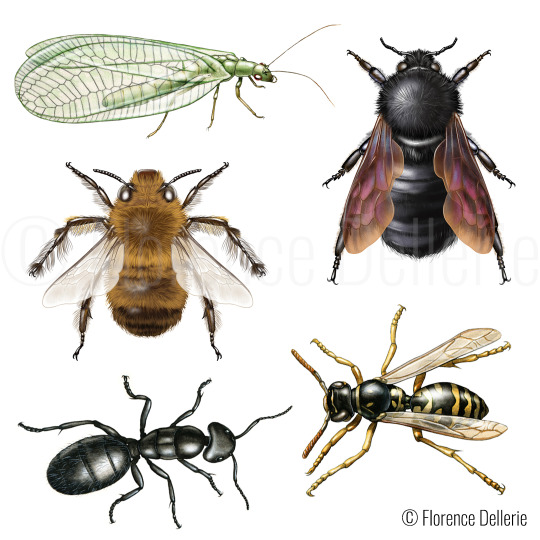
♥ J'ai le plaisir de vous annoncer que mes illustrations entomologiques seront présentées au public lors de l'exposition "Les insectes pollinisateurs font le buzz - Influenceurs de nature" (j'aime beaucoup ce titre ^^) !
► À découvrir du 8 avril au 31 décembre au Jardin de l'Arquebuse (Planétarium) à Dijon. Je vous en reparlerai très bientôt. :)
Insectes visibles sur l'illustration : • Chrysopa pallens • Xylocopa violacea • Antophora plumipes • Camponotus vagus • Polistes gallicus
#Dijon#exposition#pollinisateurs#pollinisation#nature#insectes#biodiversité#illustration#Florence Dellerie#scicom#SciArt#sciences#entomologie#animaux#art#artwork
2 notes
·
View notes
Text

Nouveautés 12 Octobre
On va passer une excellente fin de semaine avec toute ces bombes juteuses :
Brasserie du Bas-Canada
Entrelacs- India Pale Ale aux Citra, Hallertau Blanc, Nelson Sauvin & Amarillo
Voici Entrelacs, nous avons utilisé une très grosse quantité d'avoine pour brasser cette IPA. Bien sèche et outrageuse houblonnée, vous y trouverez des notes de fruits tropicaux, de résine, de raisin sur une base bien "dank".
- Florallusion- Pale Ale aux houblons Nelson Sauvin, Citra & Motueka
Hyper aromatique, tropicale, Florallusion est bien houblonnée et à la fois très (trop?) facile à boire. Florallusion est une Pale Ale inspirée de Vertige, notre Triple IPA brassée avec les houblons Nelson Sauvin, Citra & Motueka. En effet, nous avons utilisé ces houblons dans une proportion identique pour cette magnifique Pale Ale.
- Portail- DDH India Pale Ale aux houblons Vic Secret & Mosaic
Voici Portail, une superbe India Pale Ale dans laquelle nous avons incorporé une grande quantité des houblons Vic Secret et Mosaic. Vous y trouverez des notes d'ananas, de fruit de la passion et de petits fruits bien typique à ces houblons.
- Musculosa- Lager franconienne rustique - Collaboration @mellonbrasserie X Brasserie du Bas-Canada -
Nous sommes très fiers de vous présenter cette bière collaborative brassée avec nos amis de la brasserie Mellön ! Avec ces grands amoureux des lagers, nous nous inspirons des lagers franconniennes en y incorporant également du blé et épeautre. Le résultat est une bière à la fois délicate avec des notes houblonnées et légèrement épicées sur un corps douillet.
- Première Batch- Double IPA aux houblons Citra, Mosaic, Amarillo & Simcoe
Première Batch est un clin d'œil aux débuts de notre brasserie. Celles et ceux qui suivent la brasserie depuis le début se souviennent de nos premières canettes de 950 ml au design pour le moins épuré.
Brasserie artisanale Gallicus
- Babylone
NEIPA Citra Nelson Sauvin Vic Secret
-Helios
Gose à la Carambole et Tangerine
- Roca
West coast IPA avec houblon HBC 1019
- Wit
Blanche belge à la citronnelle et orange
- Neko
Lager de riz au thé jaune
0 notes
Text



Short-toed Eagle - Águia-cobreira (Circaetus gallicus)
Vila Franca de Xira/Portugal (22/06/2023)
[Nikon D500; AF-S Nikkor 500mm F5,6E PF ED VR; 1/2500s; F8; 400 ISO]
11 notes
·
View notes
Text
If you want to make Gaul the Gallic Dis Pater or Underfather, it would be something like
Dubnotir/ter
Dumnotir/ter
Andernotir/ter
I'm super rusty on my Gaulish and I never learned cases and declensions to begin with, but this is a start, at least
Or you could just say Dis Pater Gallia/Gallicus and call it a day, whatever works for you!
0 notes
Text
Isaac Jagues Mense Septembri Hurons rogaverunt a Iesuita missionarium ut eos in legatione ad Mohawks comitarentur, qui priores hostes ad singula foederis componenda invitaverant. Jogues alium laicum adiutorem sibi assumpsit, Ioannem de La Lande, virum peritum nemus, qui in Nova Gallia consederat, priusquam Iesuitis auxilium praeberet. Parva factio Quebecum discessit 24 sept. Solus unus Huron offerebat se cum Jogues et La Lande pergere. Interim Mohawks in Ossernenon segetem defectum et pestilentiam passi sunt, reprehendentes in cista vestimentorum et librorum, quos Iesuita post se reliquerat, cum legatus Gallicus eos visitabat. Milites quidam Francum ad occidendum quaerentes profecti delectati sunt cum die 17 mensis Octobris Ioguem et duos eius comites ceperunt
0 notes
Text
[Image Description: A large hornet (vespa polistes gallicus?) she is looking over her shoulder at you and grooming her antenna. This is the feature image of a completely hand-drawn magazine cover "The Weekly Buzz" Exclusive Artist Interview Art & Architecture Hue Hive Workers Construct in Color. July 25 2022-- even the bar code is hand-drawn.] Such a vivid and dynamic drawing. Love the way you have captured the patterns in her eyes, and her pose.

watercolor, pen and marker
wouldn't it be cool if bugs made magazines? i was inspired by the super cool fake magazine covers people make of their characters sometimes (im looking at you, ratmags).
this was made for a set of art pieces with the theme: "how can bugs be depicted in a way in which people can sympathize with them without me having to alter their appearances/make them look 'cuter'?"
i focused a lot on posing, framing and settings to try to pull this off, which turned out to be pretty challenging! here, specifically, i chose to depict bugs in a media people are used to seeing humans in to make them more relateable.
other pieces in this collection coming soon
#wasp#hornet#paper wasp#hymenoptera#glamorous bug#bug vouge#insect covergirls#lovely bugs#good looking insects#insects#bug art#bugs#wasps#insect art#insect#art#watercolor
88 notes
·
View notes
Photo
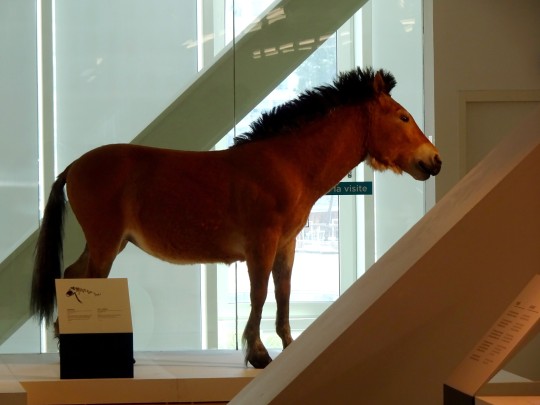
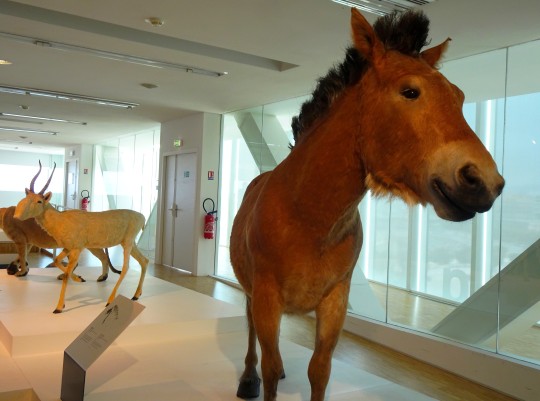




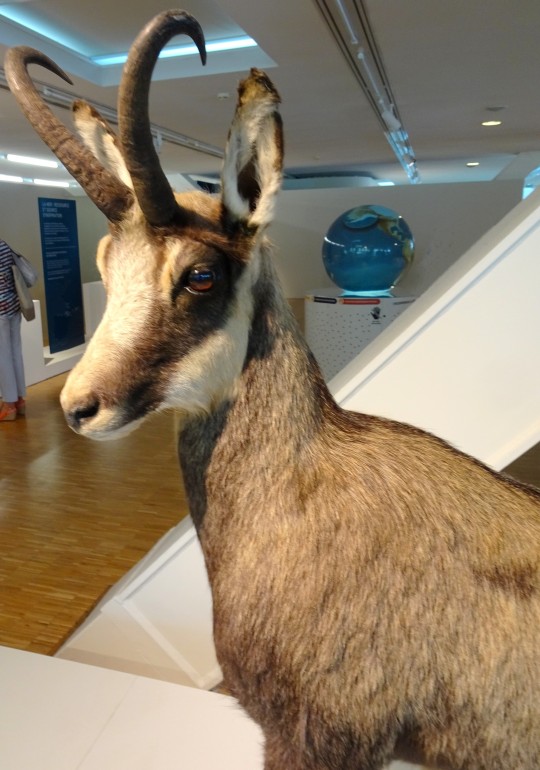
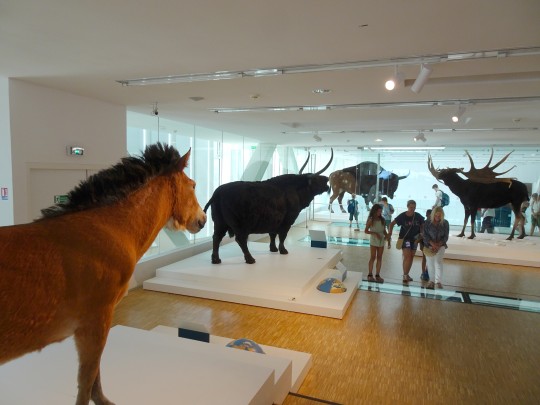
Marseille, Villa Méditerranée. La réplique de la Grotte Cosquer.
Les animaux du Paléolithique en Provence, représentés dans la grotte.
Ici, un Cheval (Equus ferus gallicus), une Saïga (Saiga tatarica), un Lion des Cavernes (Panthera spelea). Puis un cerf, un bouquetin et un chamois...
#marseille#villa méditerranée#grotte#grotte cosquer#cosquer#paléolithique#zoologie#préhistorique#chevel#cheval de prjewalski#equus ferus#equus ferus gallicus#saïga#antilope#saiga tatarica#lion des cavernes#panthera spelea#cerf#cervus elaphus#bouquetin#capra ibex#chamois#rupicapra rupicapra
18 notes
·
View notes
Photo

Circaetus gallicus by Javier Elorriaga Tarifa
#bird#birds#animal#animals#biology#nature#wildlife#Accipitriformes#Accipitridae#Circaetus#Circaetus gallicus
16 notes
·
View notes